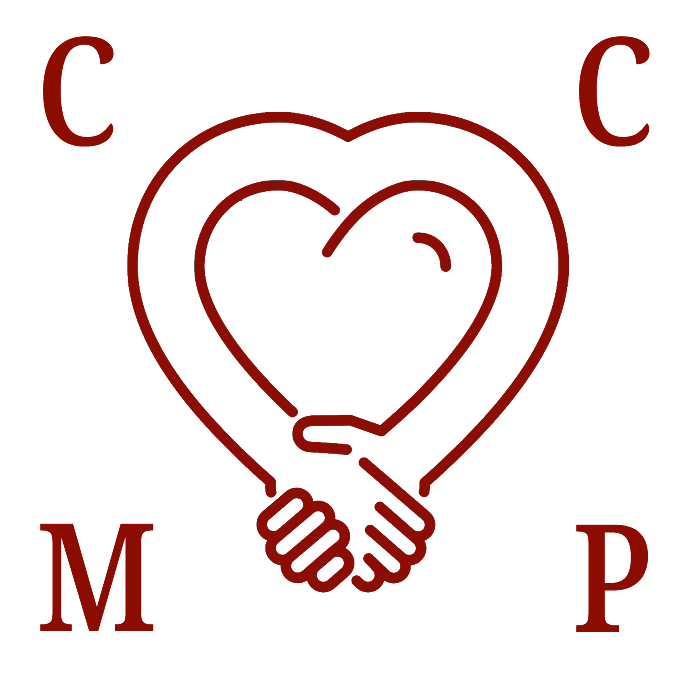The Self-Compassionate Wisdom To Give Enough Without Giving Too Much
Optimal Giving To Ourselves And Others
Self-Compassion, like a heart monitor, lets us know when we are optimally providing well-being to ourselves and others. When we are giving too much, our self-monitoring reveals that certain areas of the body are filled with tension. This tension tends to live in the throat and the stomach, as these areas are connected with aversion.
Why do we develop aversion towards this person? The reason is that when we give too much, the body experiences pain. When this pain becomes overwhelming, the body will naturally tell the brain that it would be a good idea to avoid this person. It is not personal, but rather based on simple conditioning. When a stimulus becomes harmful enough, the body and mind label it as punishment. The body and mind will always seek to avoid punishment, and when they cannot, they will experience great anxiety instead.
People, who desire our care, would like to escape this kind of avoidance and resentment, and we would like to think of them with love and kindness. Love and kindness are a lot easier feelings to carry than aversion, which is weighty and stressful.
The Self-Compassion Strategy For Optimal Giving
So, how do we prevent ourselves from giving too much love and compassion?
First, we need to pay attention to our self-monitoring. When the body starts to get overwhelmed, then we need to respect its limitations, and find our way out of this conversation.
Second, it helps to have a phrase on which you can rely. It may prove too difficult in the heat of the moment to come up with just the right thing to say. I usually say, “I want to hear more about this, but I need to take care of myself right now (sometimes I substitute with “I need to take care of this other thing” if there is, indeed another thing).
Third, we need to do something immediately that helps ground the stress we are experiencing in our minds and bodies. I like biofeedback breathing (a slow 6 second breath in and out) because 5 minutes of it normally resets my body, and I am free to return to the day’s work without a losing too much time. I also have a convenient app on my phone called peaceful breathing that I can follow without overthinking this process. You may do some mindful walking, if you have time, or some basic mindfulness or self-compassion meditation (simply follow your breath, and once you become more relaxed, wish yourself safety, kindness, self-acceptance, and ease). I also find that doing the red caboose visualization helps me clear my mind.
Fourth, just do a gentle check-in, and see if you are feeling enough ease to return to your day. Notice your body and your thoughts. Are they filled with tension or soft and relaxed? If you are still tense and have time, return to an activity from step three to move towards optimal functioning.
Finally, give yourself credit (read: reward yourself) for taking such good care of yourself. It is as easy as saying, “I am so grateful that you chose to be kind to yourself in this moment.” People tend to underestimate this step, but I promise you what remains unsaid to the mind remains unread. Needing a reward is healthy human need, and giving it to yourself is powerful self-compassion move. Think about it. Do you really want to depend on others to tell you that you are doing well or are good enough all the time?
Practice Goal Achieved!
And, abacadbra, you are now giving enough to others, and not too much! This work is so important if you want healthy, sustaining, life-giving relationships that are free of resentment. If you give too much too often, you will inevitably let go of these relationships, and feel burned out.
Nobody wants that. Allow this self-compassion practice to serve as your guide for meaningful, and realistic giving, and if you find something that works for you that has not been mentioned, feel free to include it in your practice.
365 Days Of Self-Compassion. Day 156. In The Books.

